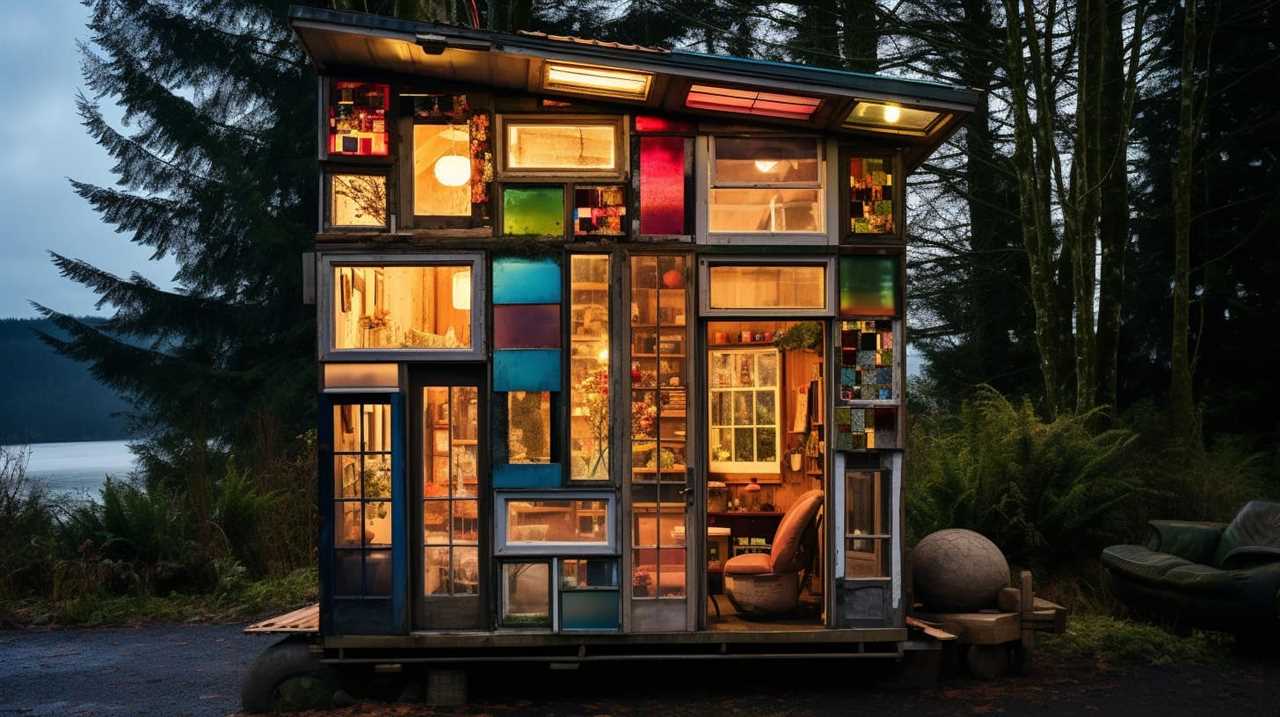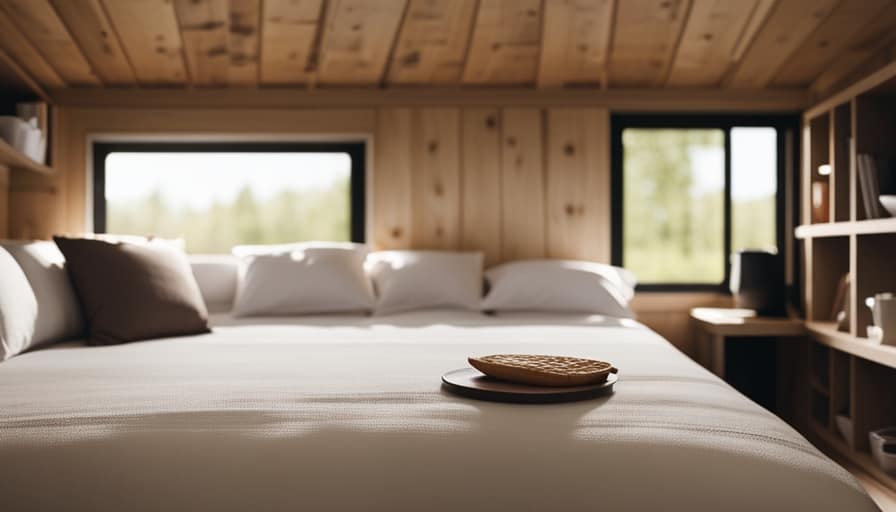Dead Beach Filled With Life: Kit And Jr’s Baja Adventure
This article explores the unique journey that Kit and JR took in Baja, where they discovered a beach teeming with life despite its name. The Dead Beach Filled with Life is a remarkable location that showcases a fascinating ecosystem blending skeletons and living creatures, unlike any other.
This remote beach is a hidden gem that offers a rare opportunity to witness the beauty of nature in its rawest form. Kit and JR’s weeklong stay on the beach provided them with an unforgettable experience. They were able to observe frigate birds soaring above them while they swam in the ocean, and they spent their days exploring the beach and discovering its many wonders.
The peaceful sound of the sea and the unique mix of skeletons and living creatures created an unforgettable atmosphere that allowed them to connect with nature in a way that is rarely possible in our busy modern lives. This article delves deeper into their adventure, exploring the beauty of the Dead Beach Filled with Life and the unique experience that Kit and JR had during their stay.
Key Takeaways
- The Dead Beach in Baja, Mexico is a unique ecosystem with a mix of skeletons and living creatures, offering a rare opportunity to witness nature in its rawest form.
- Kit and JR had an unforgettable experience during their weeklong stay on the beach, observing frigate birds while swimming in the ocean and connecting with nature in a way rarely possible in modern lives.
- The diverse range of bird species on the beach indicates a healthy state of the ecosystem, highlighting the importance of preserving natural habitats.
- By becoming a patron on Kit and JR’s Patreon account, supporters can gain exclusive content and behind-the-scenes access to their journeys, as well as collaborate on upcoming projects and receive personalized travel recommendations.
Birdwatching and Nature
The beach in Baja, Mexico, where Kit and JR camped for a week was a place of awe-inspiring beauty and ecosystem diversity. It was home to a diverse range of bird species, including pelicans, plovers, and frigate birds. The birdwatching was especially remarkable, and the duo had the opportunity to see frigate birds while swimming in the ocean. The frigate birds are known for their large wingspan and magnificent aerial displays, making it a unique and unforgettable experience for Kit and JR.
The beach was a perfect example of a thriving ecosystem, where living birds and skeletons mixed, giving birth to a Dead Beach Filled with Life. The presence of a variety of bird species indicated the healthy state of the ecosystem, making it a haven for nature lovers.
This experience made Kit and JR appreciate the importance of preserving natural habitats and encouraged them to spread the message through their YouTube video on ‘Humans and the Beach.’ The video showcases the beauty of nature and highlights the need for conservation.
Peaceful Beach Life
Amidst the serene coastal surroundings, the tranquil sound of ocean waves provided a soothing and peaceful atmosphere for Kit and JR’s week-long stay on the remote beach.
The rhythmic and meditative ocean sounds created a tranquil ambiance that allowed them to disconnect from the outside world and all the technology that comes with it. The absence of modern amenities and distractions allowed them to truly appreciate the simplicity and natural beauty of the beach.
As they settled into their peaceful routine, they enjoyed the simple pleasures of beach life, such as swimming in the ocean, beachcombing, and watching the birds. The slow pace of their days allowed them to fully immerse themselves in the present moment and enjoy the beauty of their surroundings.
Their experience on the remote beach was a reminder that sometimes, the most valuable experiences can be found in the quiet moments of life.
Supporting Kit and JR
One way to support the ongoing travels and adventures of the individuals who spent a week on a remote beach in Mexico is by becoming a patron on their Patreon account.
Kit and JR offer exclusive content and behind-the-scenes access to their journeys for those who support them on Patreon. By subscribing to their Patreon, supporters can get access to early bird discounts for merchandise, personalized postcards, and even a chance to collaborate with them on their upcoming projects.
In addition to exclusive content, there are also other Patreon perks for supporters. Depending on the level of support, patrons can receive access to monthly Q&A sessions with Kit and JR, live streams, and even personalized travel recommendations.
By supporting Kit and JR, patrons not only get to access their unique content but also become a part of their journey and help them continue to explore and document the world around them.
Frequently Asked Questions
What equipment did Kit and JR bring with them to the remote beach in Baja, Mexico?
In order to survive and camp on a remote beach, Kit and JR brought with them essential camping gear and survival essentials. These likely included a tent, sleeping bags, cooking supplies, and food and water provisions.
Additionally, they may have brought items such as a first aid kit, navigation tools, and a means of communication such as a satellite phone or radio in case of emergency.
It is important for adventurers to carefully consider and pack everything they need for their trip to ensure their safety and comfort in the wilderness.
How did Kit and JR come up with the concept for their YouTube video ‘Humans and the Beach’?
The inspiration for Kit and JR’s YouTube video entitled ‘Humans and the Beach’ is not explicitly stated in the provided context. However, it can be inferred that the concept was born out of their extensive travels and observations of human behavior on beaches around the world.
Additionally, the video may have been influenced by their desire to offer a critical perspective on the mainstream portrayal of beaches as idyllic and pristine locations.
Filming techniques used in the video were not mentioned, but it can be speculated that the duo utilized their experience in photography and videography to capture footage that conveys their message effectively.
Overall, the video appears to be a thought-provoking and informative commentary on the relationship between humans and one of the most popular natural environments.
What challenges did Kit and JR face while camping on the remote beach?
Camping on a remote beach can be a challenging experience for anyone. Overcoming obstacles such as limited supplies, harsh weather, and unfamiliar terrain can be daunting, but Kit and JR managed to enjoy the solitude and tranquility of their Baja adventure.
Staying put on the beach, they were able to fully appreciate the peaceful sound of the sea and the amazing birdwatching opportunities. Despite the remote location and lack of amenities, Kit and JR found ways to make their week-long camping trip a memorable experience.
How do Kit and JR plan and prepare for their travels and adventures?
Budgeting strategies and safety precautions are critical components of planning and preparing for any travel or adventure.
Effective budgeting strategies involve careful consideration of all potential expenses, including transportation, accommodations, food, and activities, to ensure that resources are allocated appropriately.
Safety precautions may include researching potential risks and hazards, securing necessary permits and vaccinations, packing appropriate gear and supplies, and establishing communication plans with emergency contacts.
Comprehensive planning and preparation can help mitigate potential challenges and ensure a successful and enjoyable travel experience.
What other projects or publications have Kit and JR been involved in besides their feature in Tiny House Magazine?
Ironically, Kit and JR are not just avid travelers and adventurers, but also have a passion for collaborative art and sustainable living. They have been involved in various creative endeavors, including a collaborative art project called ‘The Art of Living Project,’ which explores the connection between art and sustainable living.
They have also worked on homesteading projects, such as building their tiny home and living off the grid. In addition to their feature in Tiny House Magazine, they have been published in other publications, including The Huffington Post and Mother Earth News.
Through their projects and publications, Kit and JR aim to inspire others to live a more sustainable and fulfilling life.
I’m Theodore, and I love tiny houses. In fact, I’m the author of Tiny House 43, a book about tiny houses that are also tree houses. I think they’re magical places where imaginations can run wild and adventures are just waiting to happen.
While tree houses are often associated with childhood, they can be the perfect adult retreat. They offer a cozy space to relax and unwind, surrounded by nature. And since they’re typically built on stilts or raised platforms, they offer stunning views that traditional homes simply can’t match.
If you’re looking for a unique and romantic getaway, a tree house tiny house might just be the perfect option.
















